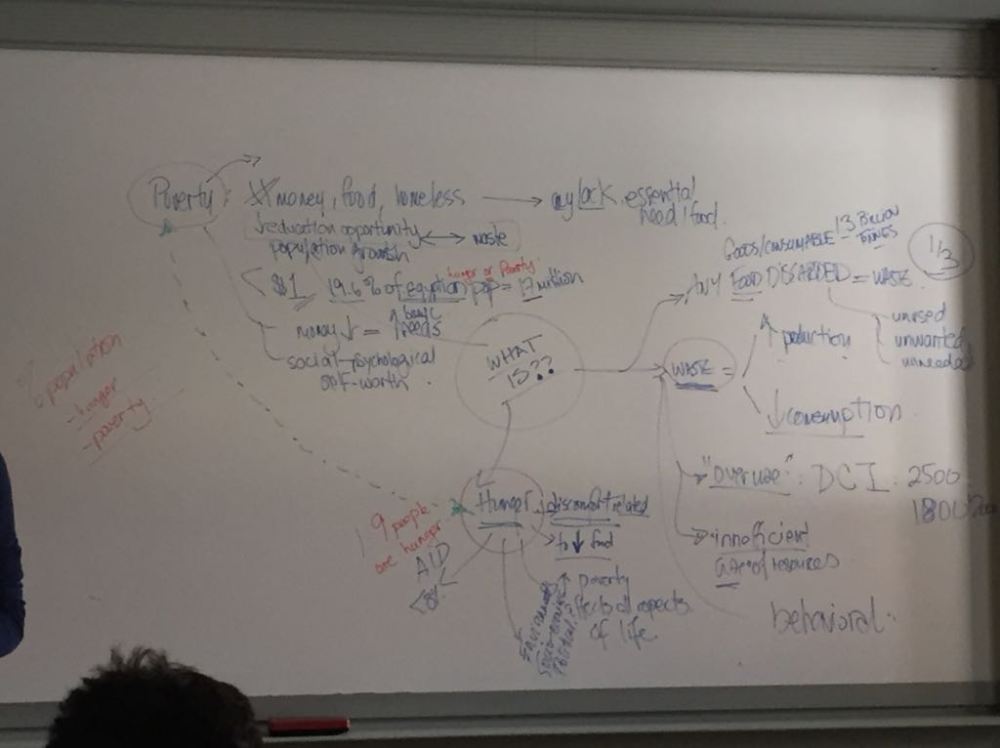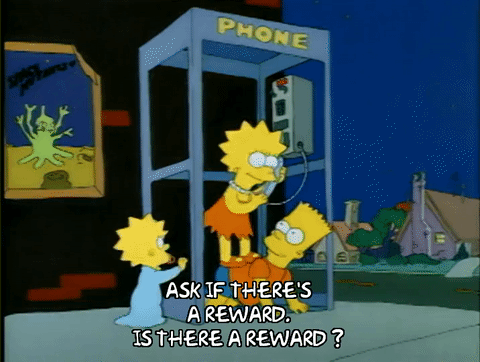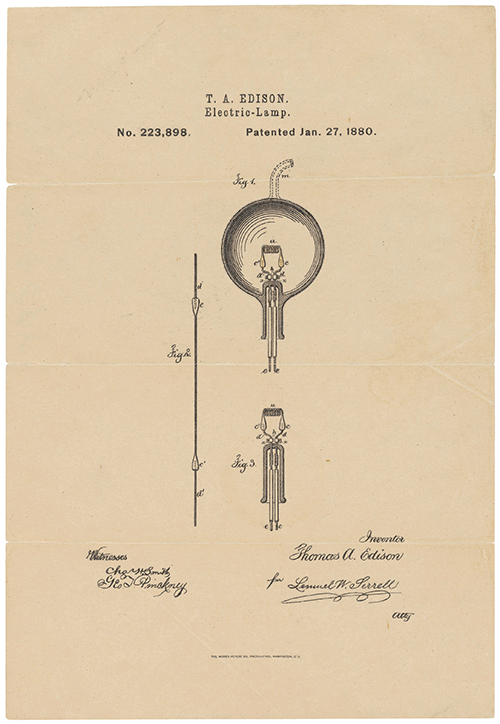Concluding Module 1
Although I am excited to start Module 2, I am quite saddened that Module 1 has come to an end. Interestingly enough, I found myself applying concepts from Module 1 to the world around me. Producing creative solutions to challenges through a process called Design Thinking was something that highly motivated me since I enjoy working with formulas. Yes, a process to achieve creative solutions through a structured formula may seem ironic and uncreative, but the process managed to make us more open-minded. It also showed me that I have been subconsciously applying Design Thinking to my life–the only difference is that I never took initiative. I would always come up with ideas, but due to the limited country I was raised in (Saudi Arabia), I was unable to successfully execute any of my ideas. Coming to Egypt and witnessing the amounts of start-ups and local businesses thriving from simply observing and creating efficient and creative solutions deeply encourages me to execute my ideas even though they may be deemed as wild and crazy.
Looking back at the mini-challenges we did in class, such as Designing A Better Commute and re-designing the STOP sign and EXIT signs, I can now see the importance of human-centered design. Why should we adapt to things when we can simply create them to adapt to us? That question made me constantly view leave class and look for problem-tunities. This was simple for me to do since I have never stayed in Egypt for a long time. I was constantly in Saudi Arabia in a structured city called Dhahran. So coming here to Egypt and looking at problems and searching for their solutions with fresh eyes was simple.
The inspirational TEDx Talks we watched served as a tool in order to understand the purpose of the Module. The main message I understood from all the TEDx Talks collectively is that we must question the norm, and not simply accept it. Creativity can be taught, but it can also be discouraged. And from what I’ve learned of creativity if it is discouraged and not accepted, that in itself can lead to an inefficiency in governmental sectors and economies.
Creativity has the power to affect us all.
Although Module 1 focused on creative thinking and problem solving, I believe that it has set us up very well for Module 2. Furthermore, from Module 1, I am able to conclude that curiosity and the ability to suspend judgment and criticism are important for creativity to flourish.



